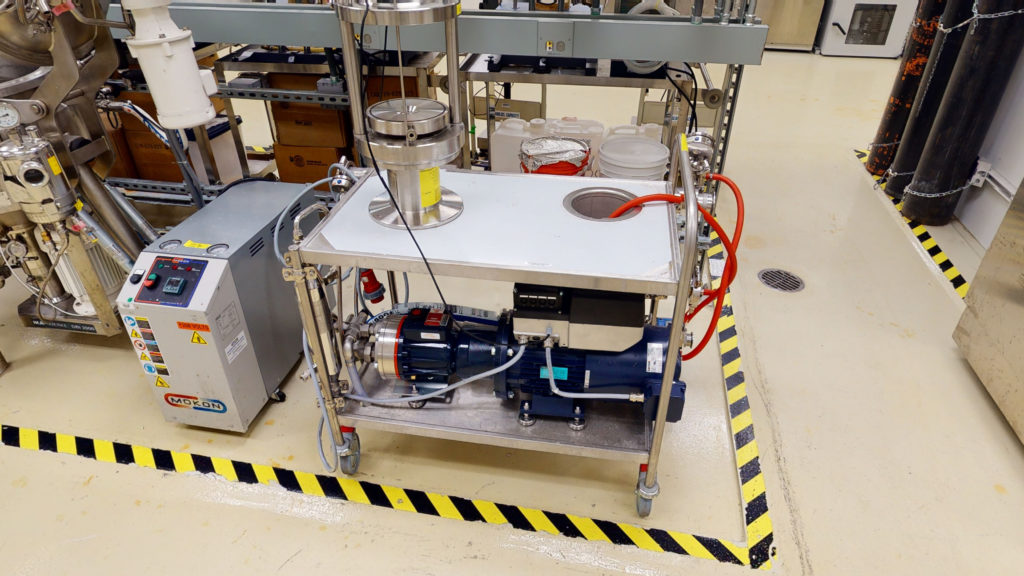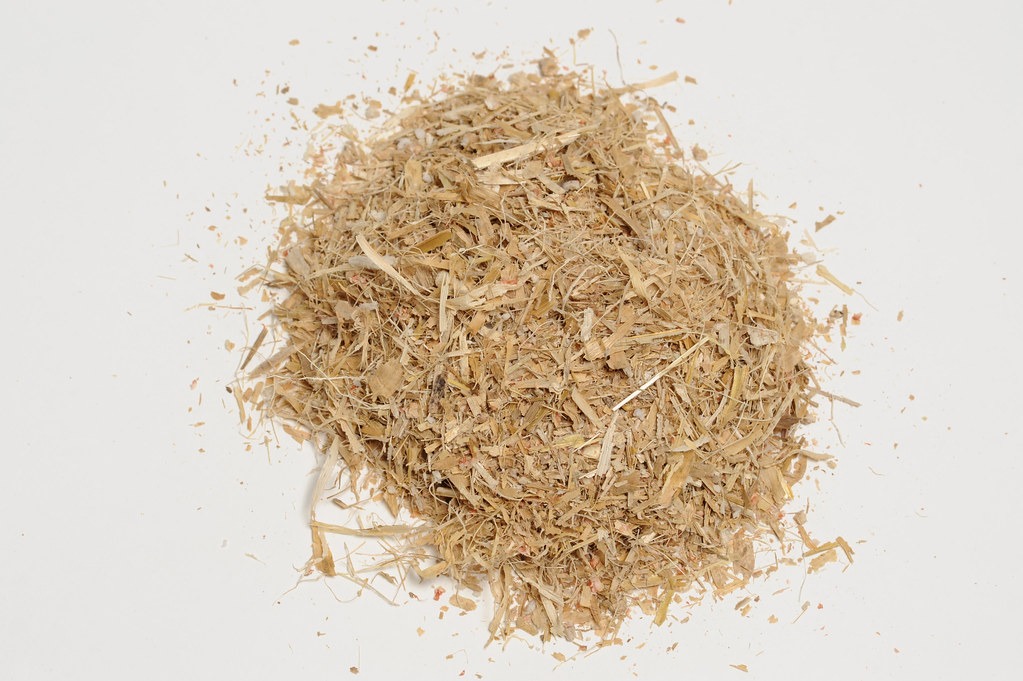
ABPDU researchers, in collaboration with researchers at the National Renewable Energy Laboratory (NREL), describe a method for successful lignin fractionation in a study published in Industrial & Engineering Chemistry Research.
Biorefineries have the potential to create alternatives to petroleum-based products by breaking down biomass into its main components (cellulose, hemicellulose, and lignin) and transforming these components into valuable renewable products.

Lignin in particular is typically burned for energy, but it can also be converted into various chemicals and materials. However, scientists need to obtain precise fractions of different types of lignin-derived molecules in order to upgrade lignin into valuable products. There currently isn’t an efficient process to do this at large scales.
In this study, ABPDU and NREL researchers used tangential flow filtration (a method for separating and purifying molecules) in order to fractionate lignin molecules. Their method is proven to be efficient and can be translated into large-scale applications.
“Our study showed the feasibility of lignin fractionation through a cascade membrane based process,” said Ning Sun, corresponding author of the study and research scientist at ABPDU. “This will serve as a baseline for future process development and comparison with other lignin separation technologies.”
This research was funded through the U.S. Department of Energy Bioenergy Technologies Office’s Bioprocessing Separation Consortium.